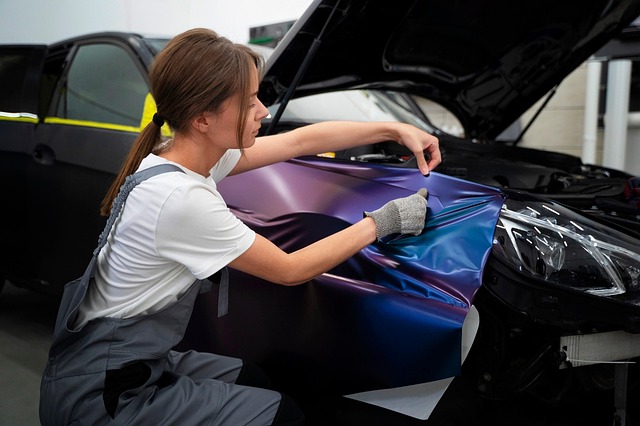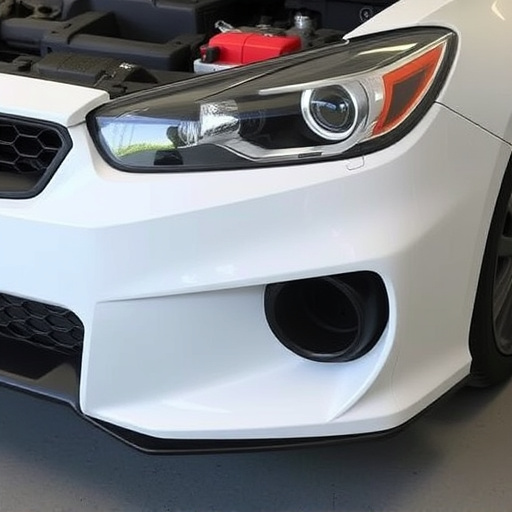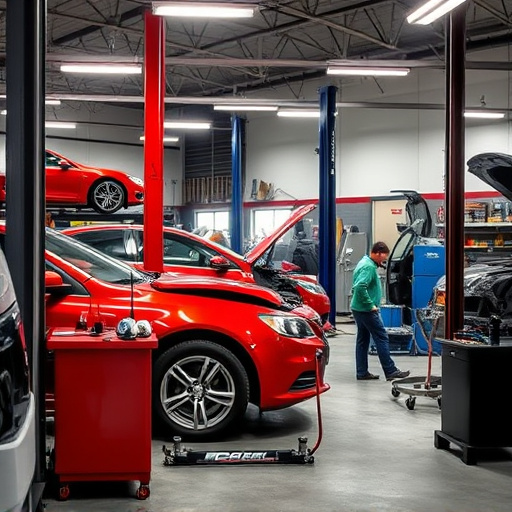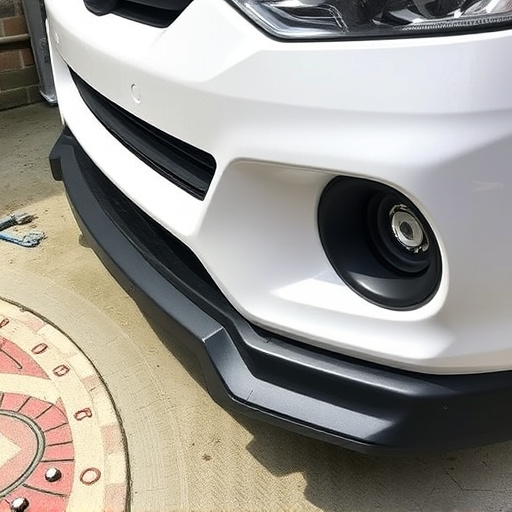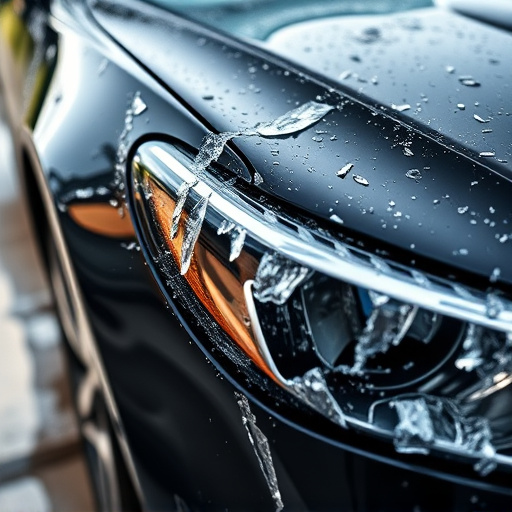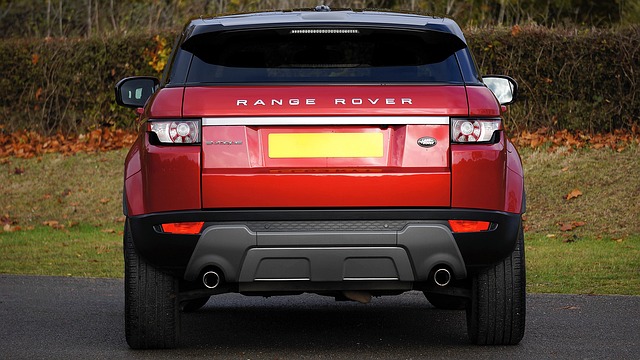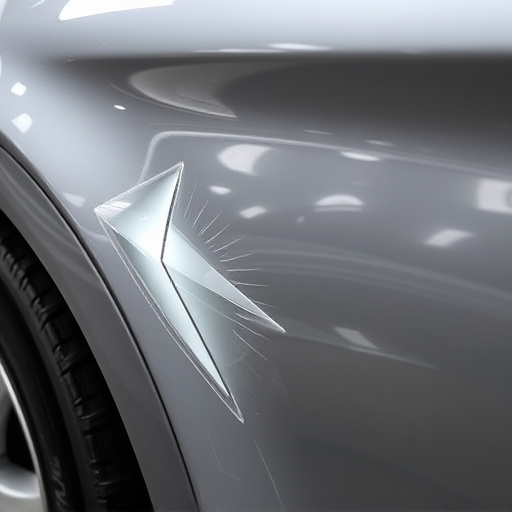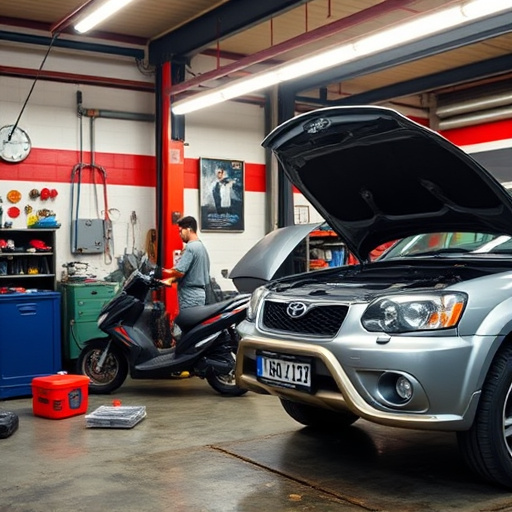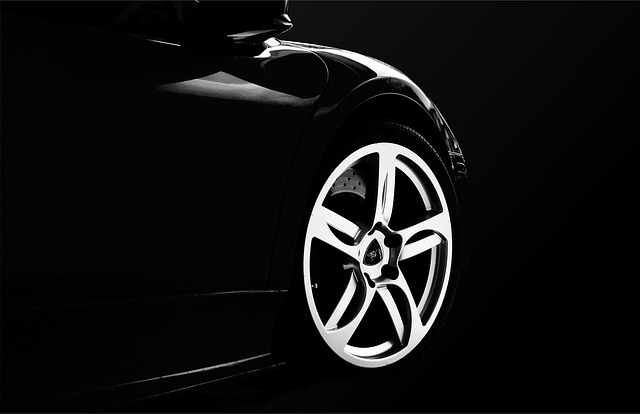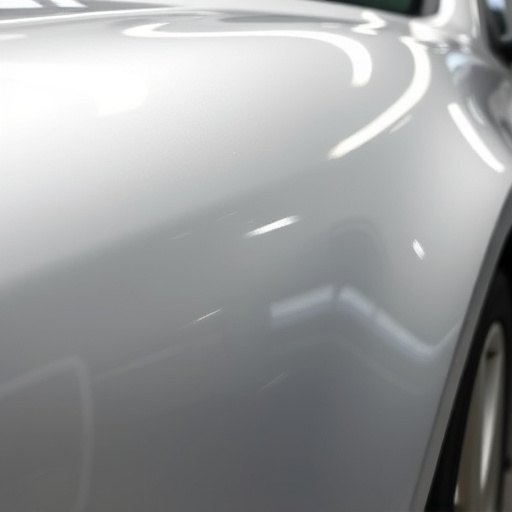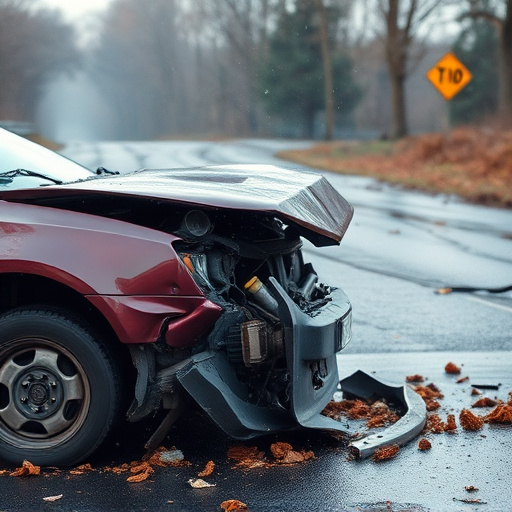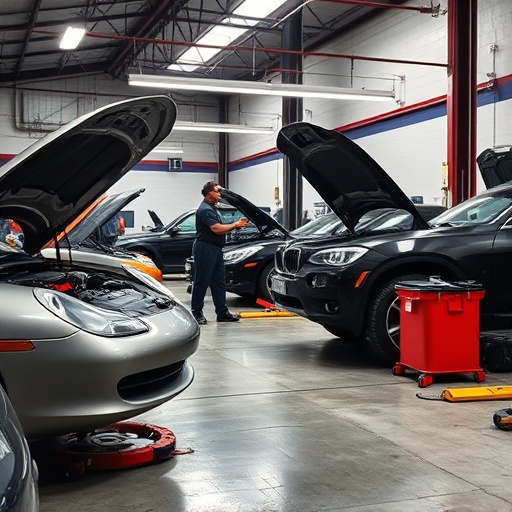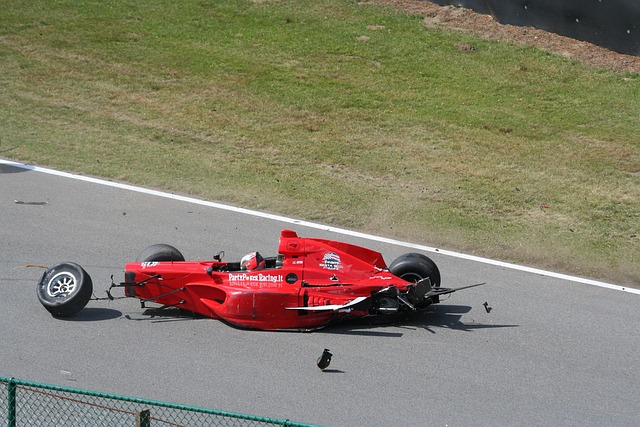Corrosion, driven by environmental factors and metal reactions, weakens structures and damages vehicles, prompting collision or Mercedes Benz repair. Effective corrosion protection in autos combines preventative (inspections, maintenance, undercoating) and remedial (rust removal, repainting) strategies. Key steps include understanding vehicle needs, assessing body condition, using quality inhibitors/coatings, proper surface prep, regular maintenance, safe handling with PPE, and allowing complete cure after repairs for long-lasting protection. Auto repair shops should invest in environmental resistance products to preserve exterior value over time.
“Corrosion protection is a critical aspect of maintaining the integrity and lifespan of structures and materials. This comprehensive guide delves into the essential steps to effectively and safely manage corrosion. From understanding the causes and impact, including metal degradation and structural failure, to implementing practical solutions like coatings, barrier systems, and regular inspections, we explore proven methods. Additionally, we highlight safe handling practices, maintenance routines, and key considerations for a robust corrosion protection strategy.”
- Understanding Corrosion: Causes and Impact
- Practical Steps for Effective Corrosion Protection
- Safe Handling and Maintenance Practices
Understanding Corrosion: Causes and Impact
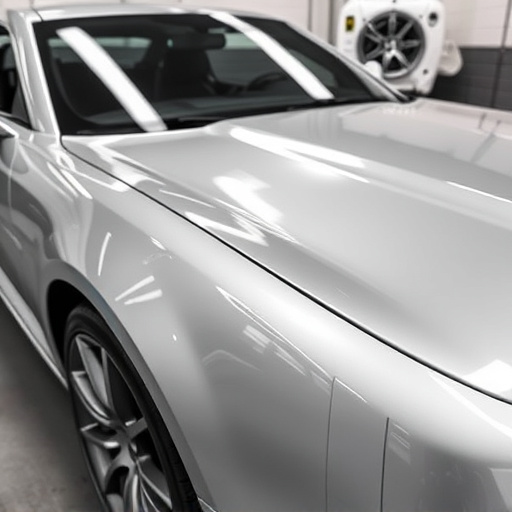
Corrosion is a natural process that occurs when metal surfaces react with substances in their environment, leading to deterioration and weakness. It can be accelerated by various factors such as moisture, salt, chemicals, and extreme temperatures. Understanding these causes is crucial for implementing effective corrosion protection strategies. The impact of corrosion is far-reaching, affecting everything from the structural integrity of buildings and bridges to the performance and longevity of vehicles. In the automotive sector, for instance, car collision repair and Mercedes Benz repair are often necessary due to corrosion-induced damage.
Protecting against corrosion involves a combination of preventative measures and remedial practices. Regular inspections and maintenance checks can help identify early signs of corrosion, allowing for timely intervention. For cars and other vehicles, regular washing, undercoating application, and adherence to recommended maintenance schedules are essential. In cases where corrosion has already set in, professional car bodywork services offer solutions like rust removal, patching, and repainting to restore the affected area’s integrity and aesthetics, ensuring longevity and safety.
Practical Steps for Effective Corrosion Protection
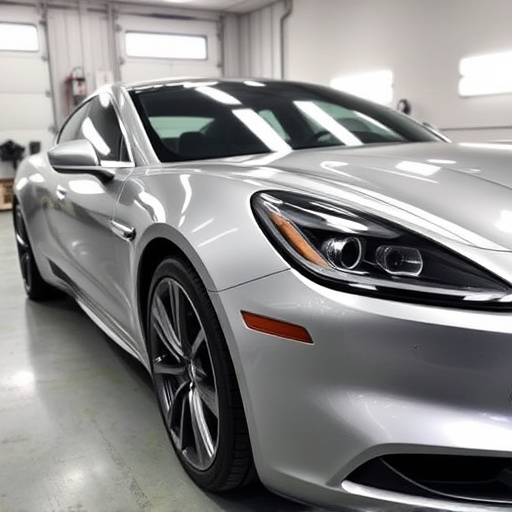
Effective corrosion protection starts with a thorough understanding of your vehicle’s unique needs. Begin by assessing the current condition of the car body, taking note of any existing damage or vulnerable areas prone to rust formation. This initial step is crucial for tailoring an appropriate protection strategy.
Practical measures include applying high-quality corrosion inhibitors and undercoatings, ensuring proper surface preparation before painting. For auto repair shops handling vehicle restoration, investing in quality products designed to resist environmental factors like moisture and UV rays is essential. Regular maintenance, such as reapplication of protective coatings every few years or after extensive car body repairs, will extend the lifespan of your vehicle’s exterior, keeping it looking its best and preserving its value over time.
Safe Handling and Maintenance Practices
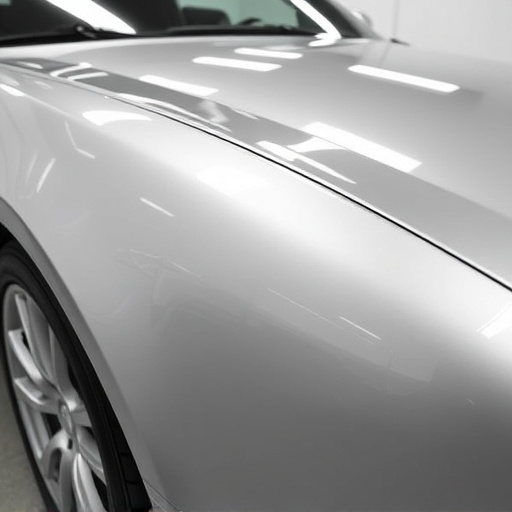
Effective corrosion protection begins with safe handling practices. When dealing with corrosion-prone components, always wear appropriate personal protective equipment (PPE), including gloves, safety glasses, and a respirator to avoid direct contact with corrosive substances. Ensure proper ventilation in work areas to minimize exposure to harmful fumes and dust. Regular cleaning and inspection of parts are essential; use safe cleaning agents and techniques to remove corrosion without damaging the surface.
Proper maintenance is key to long-term corrosion protection. This includes regular washing, degreasing, and application of corrosion inhibitors or coatings. For auto repair services involving car bodywork, it’s crucial to patch and repair any dents or cracks promptly, as these can serve as entry points for moisture and accelerate corrosion. After repairs, including auto body painting, ensure a complete cure before exposing the vehicle to harsh environmental conditions.
Corrosion protection is a multifaceted process that requires understanding the causes and impact of corrosion, implementing effective prevention strategies, and adhering to safe handling practices. By following the practical steps outlined in this article—from identifying at-risk areas to selecting appropriate protective coatings and regularly maintaining structures—you can significantly extend the lifespan of various materials and assets. Remember that staying proactive in corrosion protection not only safeguards your investments but also minimizes environmental impact and ensures safety for those around you.
